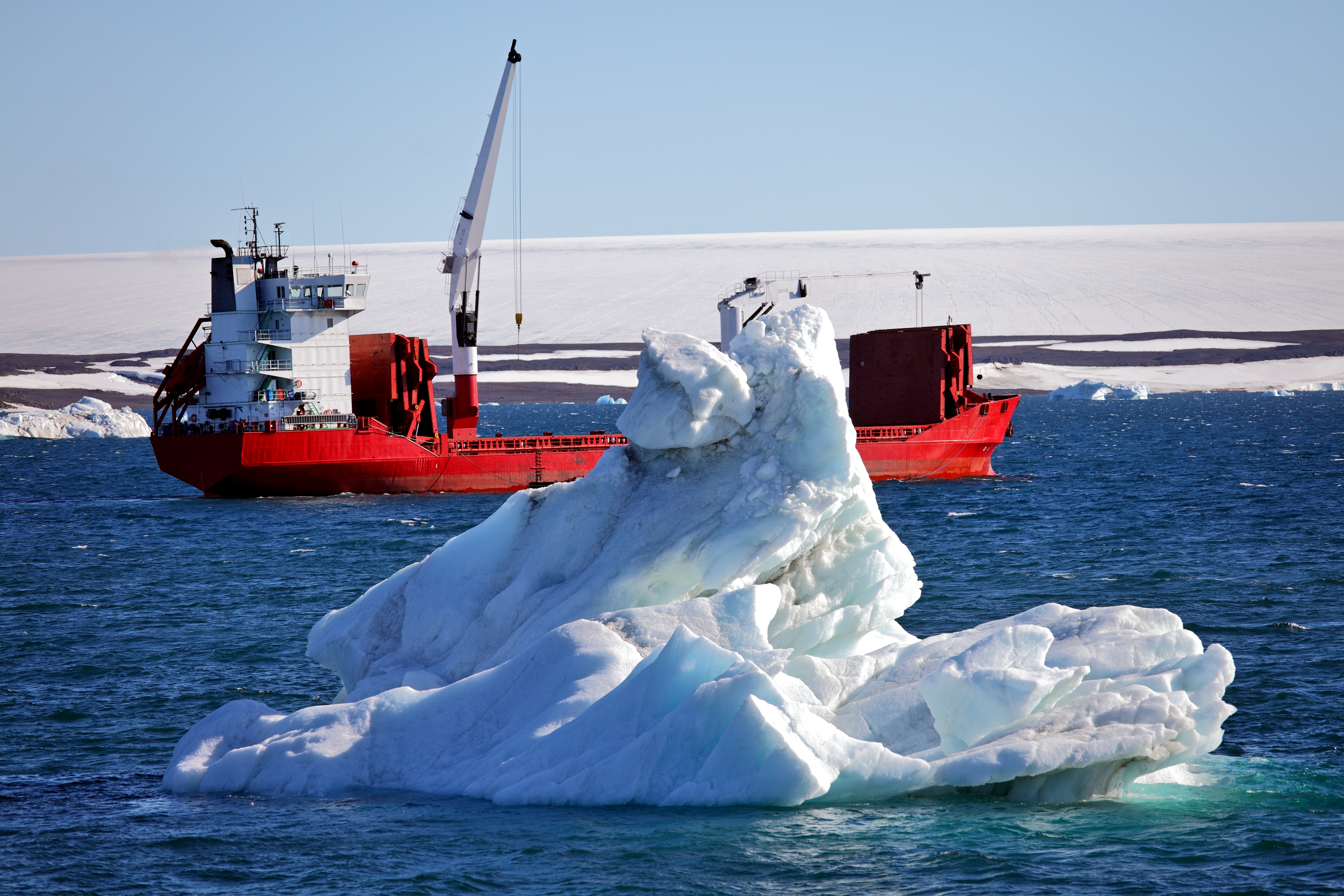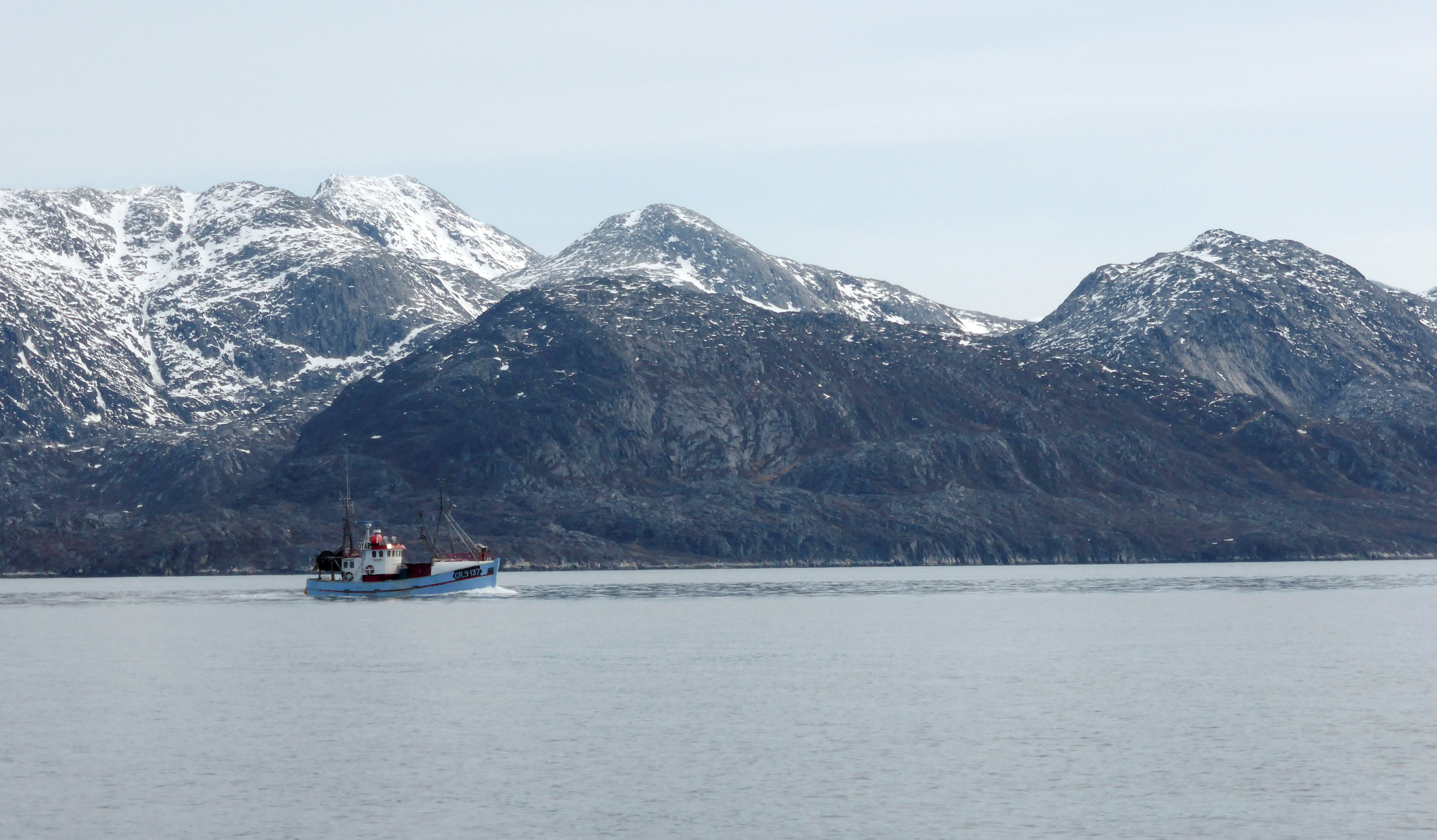Arctic bans on heavy fuel oil and large-scale fishing win support, but action is slow
Two ideas for protecting the rapidly changing Arctic Ocean — a ban on heavy fuel oil and a moratorium on commercial fishing in international waters — have been embraced by governments, indigenous groups and environmentalists. But international action on those initiatives is slow, lagging far behind official words of support.
The proposed ban on heavy fuel oil use in the Arctic is being advocated by environmentalists who want it added to the new Polar Code, a set of binding environmental and safety rules put into effect at the start of the year by the International Maritime Organization. The IMO is the body that sets international shipping rules for 172 member states, including the United States (since 1950), Russia, Canada and the Scandinavian states.

Though the Polar Code bans the use of heavy fuel oil in Antarctic waters, it includes no such ban for the Arctic, a situation that a coalition of environmental and indigenous groups is trying to change.
“There’s a lot of things that are in the Polar Code that are very valuable about reducing risks and increasing safety. But this is the one big piece that’s missing,” said Sue Libenson of Pacific Environment, one of the groups seeking the ban.
Heavy fuel oil, while cheaper to manufacture and buy than other fuels, is considered especially pernicious in Arctic conditions because it is extremely viscous and especially slow to degrade in a cold environment compared to other fuels like low-sulfur diesel, making spills more dangerous. Heavy fuel oil, when burned, also produces more pollutants than do other fuels. Of particular concern is black carbon — also known as soot — because it darkens ice and snow surfaces, leading to faster melt and warming.
“HFO, which is one of the world’s dirtiest fuels, is not only virtually impossible to clean up in the event of a spill, but also produces higher levels of air and climate pollutants than other marine fuels,” says the website of an environmental coalition, HFO-Free Arctic, that is pushing for the ban.
But Russia, the country with the world’s most Arctic coastline and the most ships sailing Arctic waters, is resisting the idea of a ban. Russian ships use the oil as fuel and deliver it as cargo. A Russian government document sent to the IMO last fall disputed the claim that heavy fuel oil produces enough black carbon to accelerate ice melting and Arctic climate change. Black carbon emissions made up on only a tiny percentage of vessel emissions in the Arctic, the Russian document said. “That means they cannot have any significant impact on ice melting and climate change,” the Russian document said.
The next chance for the IMO to take up the issue is a July meeting of its Marine Environment Protection Committee.
On Friday, the United States and six other nations submitted a joint request to the IMO to investigate ways to better control heavy fuel oil and its effects in the Arctic — though the request is falls far short of a specific proposal to ban the fuel. The six nations joining the United States are Canada, Finland, Norway, Germany, the Netherlands and Iceland.
The joint request is a “working document to evaluate the risks that come with use of HFOs and fuel in ships in the Arctic,” said Alana Miller, a spokeswoman for the U.S. Coast Guard, a federal agency that works closely with the IMO. The document does not address hauling heavy fuel oils as cargo, she said.

Meanwhile, a 10-government plan to prevent commercial fishing in international waters of the Arctic Ocean has yet to produce a binding agreement.
The most recent negotiation session was held last month in Reykjavik, Iceland. It was the fifth in a session of negotiating meetings aimed at a binding plan to prevent commercial fishing in the 1.1 million-square-mile area of international waters known as the Arctic “doughnut hole.” Participating in the sessions are the so-called “Arctic Five,” nations that have territory bordering international waters of the central Arctic Ocean and that launched the moratorium effort — the United States, Canada, Norway, Russia and Denmark, which includes Greenland. Iceland, Japan, Korea, China and the European Union, who also have interests in the Arctic, are taking part in the negotiations as well.
Participants are united in their goal of establishing a moratorium, said a chairman’s statement released by the U.S. State Department, which is leading the talks.
“All delegations reaffirmed their commitment to prevent unregulated high seas fishing in the central Arctic Ocean as well as a commitment to promote the conservation and sustainable use of living marine resources and to safeguard healthy marine ecosystems in the central Arctic Ocean,” said the statement, issued after the Reykjavik meetings ended.
Still, there are sticking points.
Those include disagreements over the definition of international waters in a region where several nations are making new territorial claims.
The goal of a moratorium is to prevent in the Arctic a repeat of disastrous fishing practices that took place in the 1970s and 1980s in international waters of the Bering Sea. Then, the site of concern was a 50,000-square-mile “doughnut hole” of international waters surrounded by territorial waters of the U.S. and the Soviet Union, and then Russia. Fleets from Japan, China, Korea and Poland, unencumbered by any nation’s regulations, pulled out large loads of pollock. A 1994 agreement between the six nations closed the Bering Sea doughnut hole to fishing, but came only after overfishing caused long-lasting damage to the overall Bering stocks
In the larger international zone of the Central Arctic Ocean, commercial fishing has yet to take place. The area has been dependably covered by year-round ice — until recently. The concern is that as fish migrate north into newly open waters, fishing fleets will follow, and harvests may start before fishery managers know enough about the region’s ecosystem to provide responsible oversight.